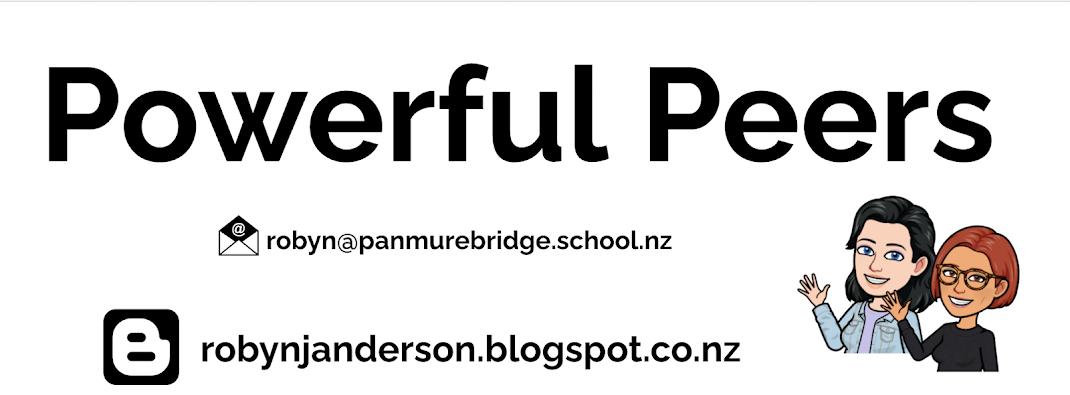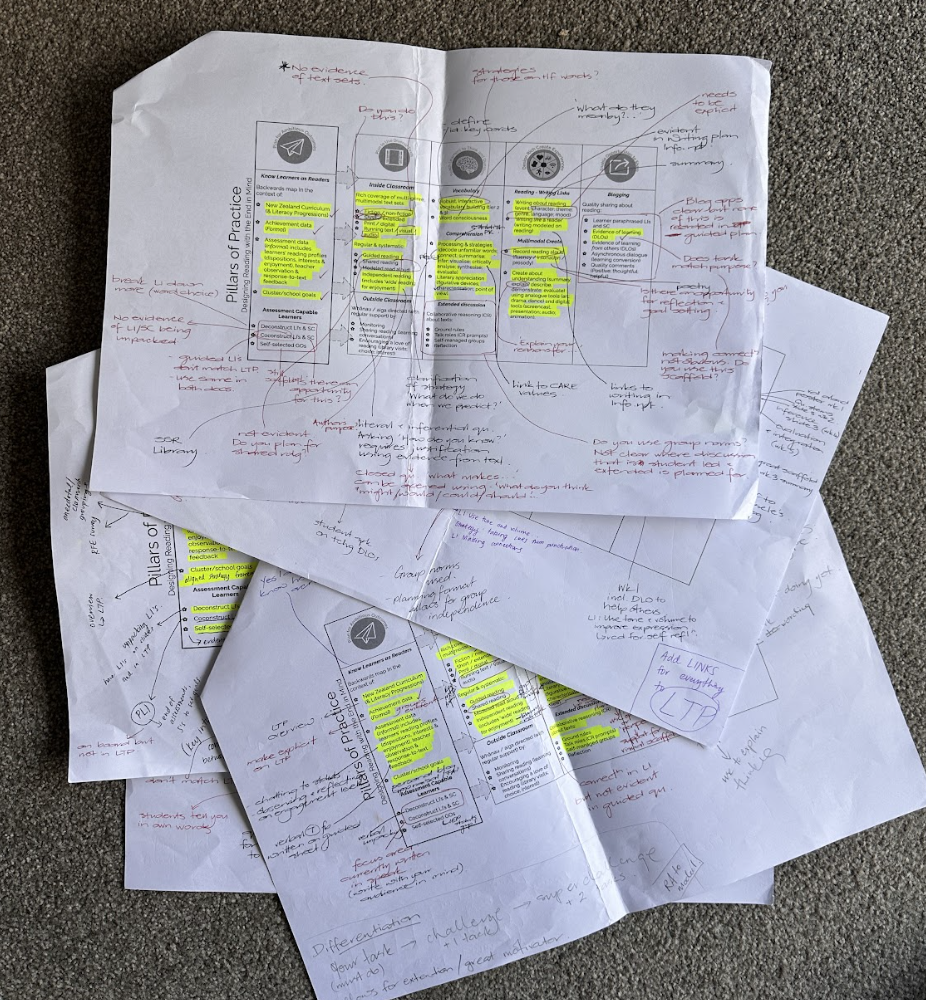Describe the tools/measures/approaches you plan to use to get a more detailed and accurate profile of students’ learning in relation to that challenge. Justify why you chose these approaches and tools.
My challenge this year is to strengthen the language and learning in maths that our students need to be able to actively participate in Talk Moves, so this can be harnessed and replicated in blog posts and comments.
In all assessments our students are required to read and respond to questions. Often our students are not literate in their own language so the gaps that emerge when questions are written in english are getting wider, thus causing bigger disconnects in the learning. This year I want to implement the strategy of Talk Moves in Maths. Talk Moves is a strategy that promotes classroom conversations centred on maths that helps to improve students' understanding of mathematical concepts. It is a framework to prompt the discussion, and will allow me to capitalise on the learning I got from my inquiry in 2020 by providing authentic opportunities to use this 'talk' within blog posts and blog comments to help strengthen connections.

The tools/measures/approaches:
Planning changes:
My first step will be to introduce the Talk Moves framework into our maths program so that the discussion stems become the norm within our learning time. Being silent is not an option if acceleration is to take place so I need to model the language and support the use of questions which lead to justification like ‘How do you know it works?’, ‘So what happens if you...’, ‘What about if you say…does that still work’, ‘So if we...'
Additionally I need to continue to actively plan time in class, for students to create blog posts, comment on each others blogs and respond to comments on their own blogs. This will help me to see where connections to the learning content are strong, and where gaps in knowledge are evident.
Instructional lessons:
I need to create opportunities for my learners to focus, notice and use the words that help us make sense of the learning, and not only model this, but also prompt the use of these words by providing opportunities for explaining strategy choice and use in groups within the lessons.
I need to use Jo Boaler's strategy of setting up positive norms in my classroom. Actively strengthening the growth mindset in my students might help to break down some of the barriers that stop them taking risks when solving maths problems or sharing their thinking.
Provide visible scaffold frameworks and rubrics to support the talk moves process that are used across the school.
Observation:
After speaking to Kiri Kirkpatrick (MET) about the best way to gather baseline evidence she suggested I measure the amount of teacher talk compared with student talk in a maths lesson. To help me get an accurate picture, I have asked Kiri to observe me at time point one and time point two. Having the same observer will be a huge benefit as the continuity will be in place.
PAT/IKAN/GLoSS Assessments:
Analysing these results gives me a clear picture of what my students can do and where our knowledge gaps are. I use these results to inform my planning and identify shifts in achievement. I need to look closely at the language of questioning and the content specific language that is used in these assessments to ensure my instructional language aligns. I do not want my choice of vocabulary to be a reason that any student loses their connection to the learning.
Student Voice:
Gathering student voice is a vital part of teaching. It gives us a clear picture of where our students are at, what our tamariki are thinking and what we need to do to allow our learners to make their individual connections to the learning. I need to ask my learners what the barriers are that stops them commenting on blogs, replying to blog comments and contributing their thinking to class and small group discussions. It is only by identifying these barriers that I can devise a plan to help break them down. This is not a time for me to assume and act, it is a time for me to listen then act on the information I have heard.
Peer to peer talk:
Peer to peer talk continues to be huge part of our learning time as it provides authentic opportunities for new words to be used in context. I can see that buddying my learners up they can talk through a blog post then collaboratively decide the appropriate feedback and feed forward through dialogic discussion before leaving their individual comments.
This will also provide the opportunity for my learners to buddy up and talk through comments received before responding.
To do this effectively I will need to:
- Strengthen my own knowledge to the strategy of Talk Moves with professional readings
- Strengthen my own knowledge of the growth mindset process
- Teach my students how to use Talk Moves
- Teach my students what growth mindset looks like
- Co-construct group norms so there is a shared understanding of the expectations
- Provide lessons that allow for this to take place
- Monitor, observe and listen to my students as they are sharing and/or recording their thinking in their groups
- Consider the times different students need for processing when grouping my students
- Gather accurate time point one and time point two data for comparison.


















